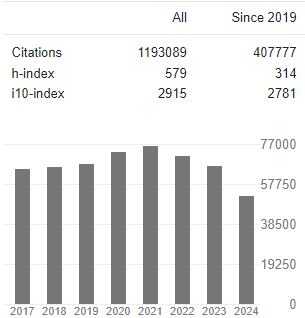Connecting the Dots: Exploring the Interplay of Calcium, Delayed Onset Muscle Soreness, and the Myofascial System
Abstract
Charles J. Middleton, Gerardo Rivera-Colon, Joseph E. Fares, Seth Spicer and Alexander King
Introduction This study aimed to elucidate calcium's role in muscle fiber inflammation, delayed onset muscle soreness (DOMS), and myofascial remodeling following exercise. The objective was to clarify the etiologies of DOMS in relation to calcium physiology to allow clinicians to modulate its presentation and tissue adaptation more effectively.
Methods A review was performed of the current literature regarding the role of calcium in myofascial damage after strenuous exercise. A database search was conducted via PubMed. The types of studies included were randomized controlled trials, crossover studies, double blind studies, retrospective studies, and meta-analysis.
Results This study discovered the largest contributor to DOMS is deep fascia damage, which had a higher concentration of nociceptors compared to muscle fibers. Fibroblastic remodulation of connective tissue was preceded by the cell signaling actions of calcium. Techniques including massage therapy and pneumatic compression devices work through a similar mechanism by providing an external force resulting in increased regional blood circulation and decreasing the inflammation that is the pathophysiological hallmark of DOMS. Treatment modalities such as cold- water immersion and therapeutic ultrasound have demonstrated mixed results on the efficacy in alleviating the symptoms of DOMS.
Conclusion In unraveling the intricate interplay of calcium dynamics, DOMS, and myofascial remodeling, this study has shed light on crucial mechanisms influencing post-exercise tissue adaptation. Calcium emerges as a multifaceted player, intricately involved in the inflammatory cascade at the myofibrillar level, as well as within the fascial and myofibroblast domains. Significantly, deep fascia damage, characterized by heightened nociceptor concentration, emerged as a primary instigator of DOMS following eccentric exercise. Understanding the pivotal role of calcium in fibroblastic remodulation emphasizes its relevance as a therapeutic target for modulating DOMS. Armed with this knowledge, clinicians can make informed decisions to optimize recovery strategies, ultimately enhancing patient outcomes and performance longevity.





